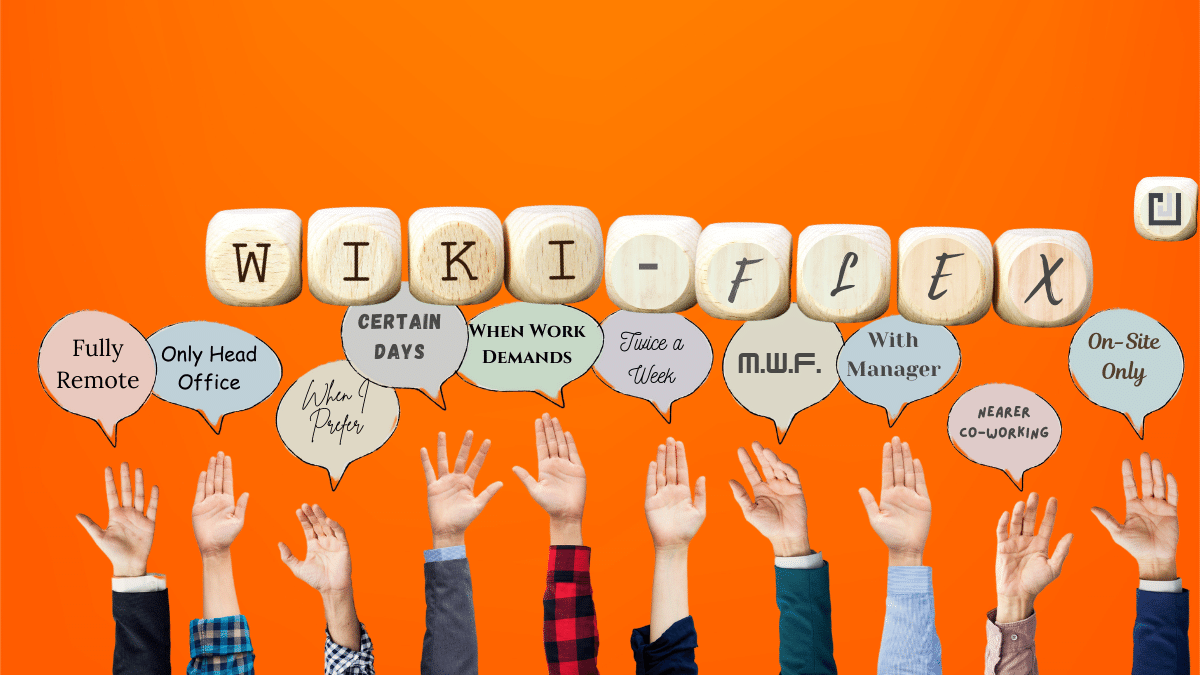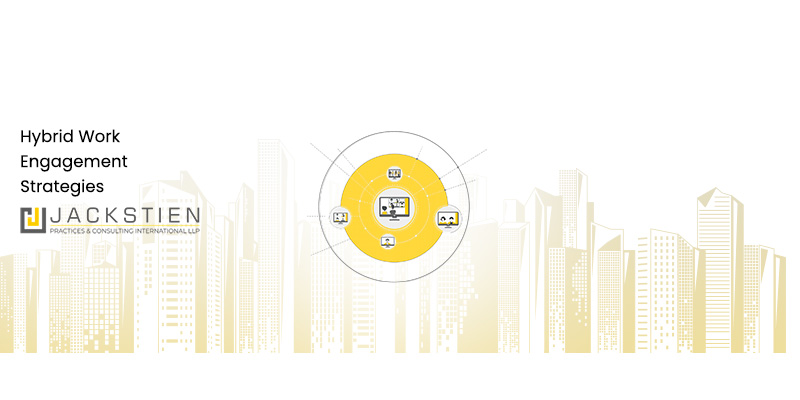With the advent of remote work in the post pandemic world, emotional well-being is the new mindfulness. It is crucial for a productive work environment – and we cannot merely meditate our way through it.
But what exactly does emotional well-being mean?
Almost instantly, emotional well-being is recognised as simply pleasant feelings like happiness, love and acceptance. Those are indicators of positive well-being, but how we (as individuals and as an organisation) handle the unpleasant feelings we experience is actually the most notable characteristic of emotional well-being.
In the workplace, it means creating a “culture of good emotional health” within the environment.
A quick glance at the emotions of remote workers will suggest that their general well-being is much better – yet there are also reports of increased instances of worry, sadness, stress, loneliness and anxiety than onsite workers, thereby posing an emotional well-being challenge.
Research has noted that unfair treatment, unmanageable workload, unclear communication from managers, lack of support from management, time pressures are events that lead to and intensify burnout and emotional load on remote workers.
Even the best workplaces can be emotionally challenging – but remote work poses special challenges.
In an attempt to build an organisation and its employees emotional health for tackling remote work stress and difficult emotions, here are some curated tips –
1] Emotional proofreading of messages
As we move away from or reduce in-person interactions with co-workers, it is crucial to revise our messages for accuracy and emotional clarity before hitting send. Sending an email that says “Let’s talk” when we actually mean “These are thoughtful suggestions; let’s discuss how to work them into the presentation” might bring unnecessary anxiety for the receiver. Better yet, if the tone of the message is your concern – pick up the phone or initiate a video chat. Your co-worker who is also working from home might be glad for the chance to talk.
2] Make space for minibreaks
Stepping away from your work for even five minutes helps your mind to process information – and stay focused when you come back.
3] An after-work ritual
It’s easy to be emotionally burned out and overwhelmed with work when you don’t leave a physical office at a given time each day, so it’s important to initiate healthy boundaries. Your brain will receive a signal that says, “Work day is over!” A few ideas could be – meditating, listening to music at full volume on speakers, reading a magazine, or making tea.
4] Building a psychological safety net
Managers and leaders can begin with normalising conversations surrounding mental health and stress so that employees are comfortable talking about the stressors they are facing. Modifications in formal and informal norms that regulate the expression of workplace emotion is another way to enhance safety. An organization’s Employee Assistance Program (EAP) can reflect and promote these values.
5] Wholehearted participation of the leadership
Being emotionally supported by the leadership makes an employee feel valued. To ensure that emotional wellness truly becomes a part of the company culture – senior management should ensure their presence in the program, enable supply of tools and resources needed by employees
Author – Neha Yadav, Jackstien Practices, SAPIENS Associate, Emotional Intelligence Practitioner.


